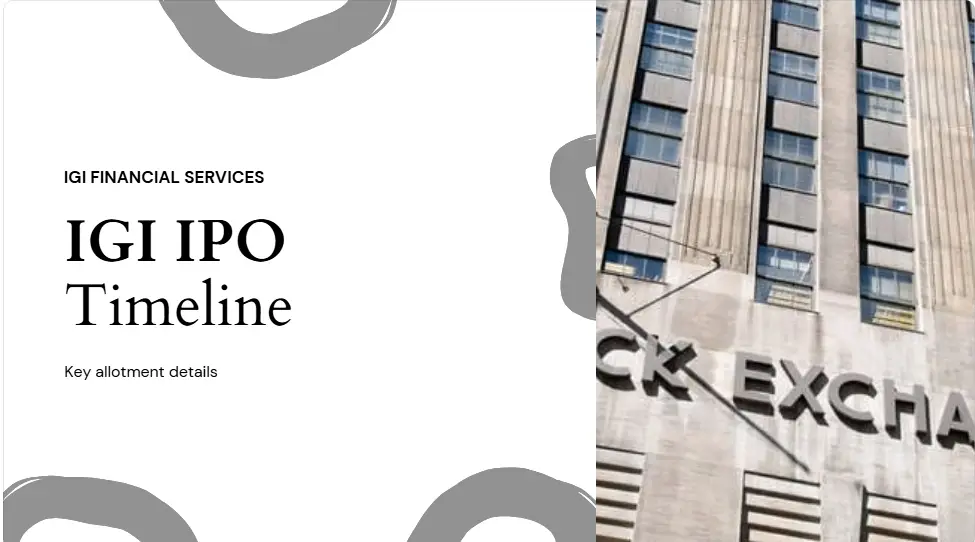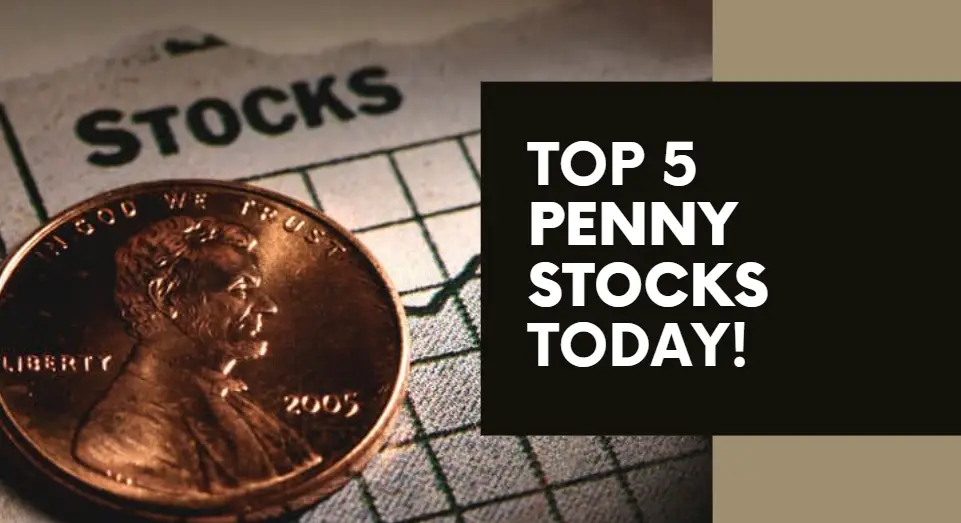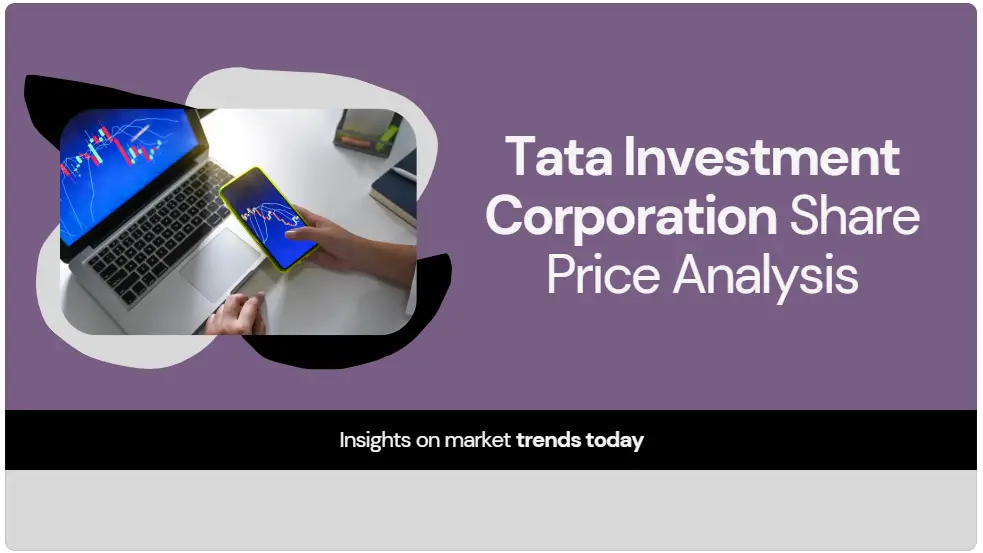- do stocks go up during election year, election year stock market trends, presidential cycle stock market impact, stock market performance in election years
Introduction
The stock market responds to multiple elements through its continuous cycle yet one significant concept concerns the 4-year presidential cycle stock market pattern. Research demonstrates that the stock market performs differently during every four-year presidential period. Investors who understand this cycle achieve better market performance in their decision making.
How valid is this hypothesis regarding stock market trends? What elements determine how well this cycle works and what are its main reliability standards? Let’s explore.
What is the Presidential Cycle?
Definition and Explanation
Yale Hirsch brought forth the 4-year presidential cycle stock market theory in his research as historic stock market historian. His investigation demonstrated stock market behavior which forms predictable patterns in relation to U.S. presidential terms.
- Returns in the market remain low when a new president begins their term and enacts policies and makes economic changes during the first year.
- The market exhibits unstable behavior while it starts to experience recovery during Year 2.
- Year 3 proves to be the most powerful period for stock prices since the administration maintains an economic growth strategy before the upcoming election.
- Stock performance becomes stagnant or shows reduced growth during Year 4 mainly because of election considerations.
The Logic Behind the Cycle
- New presidents begin implementing their policy agendas by conducting tough economic choices that normally create a slowdown in market growth.
- During their third year in office administrators start to focus on expanding economic growth because it helps their reelection campaigns which results in better market performance.
- Situations of election uncertainty in the fourth year have been shown to create market instability.
Historical Performance and Data
Trends Over the Decades
Analyzed data spanning from 1933 to 2015 by Charles Schwab together with Stock Trader’s Almanac demonstrates:
- During the third year of a presidential term the market starts to achieve its peak financial performance.
- Throughout 78.3% of all third-year periods the S&P 500 generated positive market performance.
- A majority of year one and year two experience minimal stock market movement.
Notable Exceptions
- Numerous instances indicate the 4-year presidential cycle stock market pattern exists, yet it contains occasional exceptions.
- During the 2008 financial crisis the market trends became unstable due to the presidential election year.
- These global events such as pandemics and wars and inflation spikes may outweigh the factors caused by the presidential cycle.
The Impact of Political Party Control
Does It Matter Who Wins?
- Research indicates that how well the stock market performs specifically depends on which party controls the government at a given time.
- When a Democratic President operates alongside a Republican Congress it has delivered some of the most significant market returns in history.
- The stock market performance under this alignment produces positive results that slightly fall below standard market returns.
- The economic climate together with worldwide developments generate larger market shifts than merely partisan rule does.
Factors Beyond the Presidential Cycle
Key Influences on Market Performance
- The 4-year presidential cycle stock market theory serves as an insufficient investment strategy alone. Other key factors include:
- Stock performance heavily depends on the interest rate policies implemented by the Federal Reserve.
- Corporate profits together with investor confidence are likely to decrease when inflation levels remain high.
- Global events like wars and worldwide economic conditions as well as trade conflicts frequently reduce the influence of election cycles.
Factors Beyond the Presidential Cycle
Key Influences on Market Performance
- The 4-year presidential cycle stock market theory serves as an insufficient investment strategy alone. Other key factors include:
- Stock performance heavily depends on the interest rate policies implemented by the Federal Reserve.
- Corporate profits together with investor confidence are likely to decrease when inflation levels remain high.
- Global events like wars and worldwide economic conditions as well as trade conflicts frequently reduce the influence of election cycles.
How These Factors Interact With the Cycle
- Market performance in a presidential third year depends on economy strength and the extent of inflation present in the system.
- A Federal Reserve interest rate increase reduces the probability of the anticipated third-year stock market growth.
Case Study: S&P 500 Performance in Election Cycles
The Schwab Center for Financial Research conducted research on S&P 500 performance during election cycles from 1950 to 2015 which revealed the following data:
- Market performance during the first year of 9 election cycles was the lowest compared to other cycle years.
- The average returns for the third year amounted to 16.4% which became the highest annual return within the observed cycle.
- The stock market increased in value through election cycles 81% of the time at an average rate of 6.6%.
Practical Investment Strategies for Election Years
How to Use the Presidential Cycle Theory
- Diversified investors should not make substantial asset amendments because of election cycles.
- Short-Term Traders should use first and second year market declines as possibilities to purchase assets.
- Key sectors boost their momentum during election periods through their performance gains in infrastructure as well as healthcare and defense sectors.
Risks and Opportunities in the Current Market
- Investors should take advantage of the third presidential year according to historical market data.
- External factors such as inflation along with global recessions combined with Federal Reserve policies can impact the expected behavior of the market.
Conclusion: Should You Rely on the Presidential Cycle?
The 4-year presidential cycle stock market theory offers valuable information yet investors need additional factors for making decisions. Before making an investment decision investors should examine additional vital factors such as inflation rates together with global economic conditions as well as interest rates. Market performance shows uncertain tendencies despite historical patterns thus a mixed investment portfolio stands as the most effective approach.
Investors who maintain awareness and flexibility can create better investment decisions both through election periods and afterward. The information about cycles enables both passive investors and active traders to pursue market strategies with assured stability during periods of change.







Pingback: Best ETF Investment Strategy for Growth & Risk Control